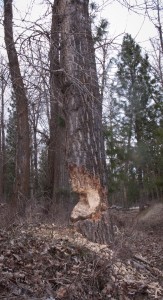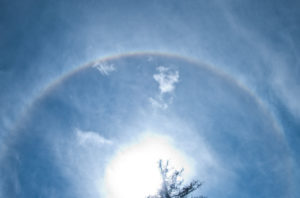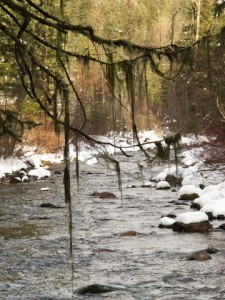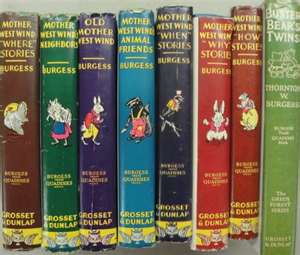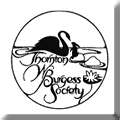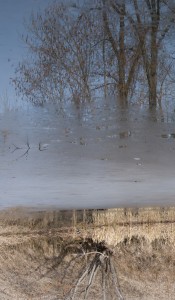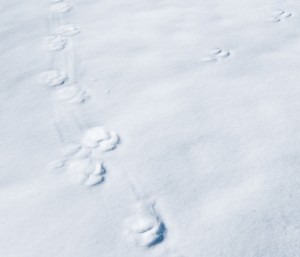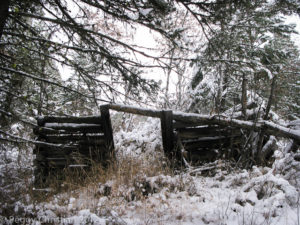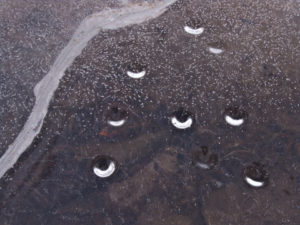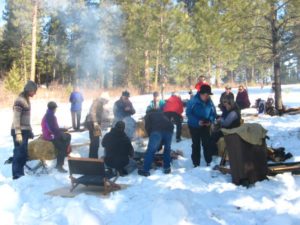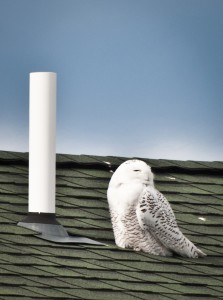 Spring is here. Last day of skiing–a season that started with a fizzle (lack of snow), ended with a drizzle (a downpour that washed out what little enthusiasm anyone had left for hitting the slopes). The trees are budding out and the buttercups are blooming in the backwoods.
Spring is here. Last day of skiing–a season that started with a fizzle (lack of snow), ended with a drizzle (a downpour that washed out what little enthusiasm anyone had left for hitting the slopes). The trees are budding out and the buttercups are blooming in the backwoods.
The irruption of snowy owls, who showed up last January in Polson for the first time in living memory, have headed back up to the Arctic. They caused quite a sensation while they were here though, with people carrying 3 foot camera lenses and giant spotting scopes invading the hilltop subdivision where the owls had taken up residence. Organized tours of bird enthusiasts came from as far away as Texas to gawk at the beautiful white owls sitting on asphalt shingled roofs.
I was one of the pilgrims who went to see the owls–and take the requisite pictures with my inadequate lens. But, unlike so many other birdwatchers, I came away feeling a little deflated. I have a friend who has spent years hiking and exploring in Alaska, always in hopes of seeing a snowy owl in the wild, with no success. And then he had to do nothing more than drive an hour north to Flathead Lake, look for the knot of cars and people on the water tower hill, and there they were. He didn’t even have to get out of his car.
I can understand my friend’s disappointment. I felt it too, though I hadn’t hiked hundreds of miles to see a snowy owl. Something was missing and it wasn’t just the incongruity of seeing those wild birds roosting near the white vent pipes in the subdivision. It had something to do with the thrill of discovery. The sense of wonder is muted when you don’t find something on your own, whether it’s a “wildlife viewing opportunity” like this or on a guided tour, nature show or in a zoo. It becomes somehow a second hand experience.
Discovering a bird in the wild, or maybe a snow leopard in the Himalayas as in Peter Mathiason’s book The Snow Leopard, is not about checking it off your life list or getting the picture. It’s about what you discover in yourself in the process. It’s about the search, and the feeling of awe when you make that discovery. To me, it’s like the difference between a flash of insight and connection when you’re writing and sitting down with a book, reading someone else’s wisdom.
Maybe that’s the reason a week later when visiting Yellowstone, I didn’t mind not making it out to the Lamar Valley to see the wolves. Mammoth was abuzz with the pack of wolves who were feeding on a bison carcass near the road and people were showing off their pictures. But I was afraid the experience would be like the snowy owls. Instead, I contented myself with savoring the sight of a merganser swallowing a giant (5″) silver fish whole. No one’s totem animal I know, but the sighting was mine and a thrill.
P.S. There was an article today in the Missoulian (Thursday, April 19) that said there are now a couple of different apps for your phone that will report wildlife sightings in Yellowstone. The only saving grace for such insanity is that cell phone coverage is spotty in Yellowstone.

